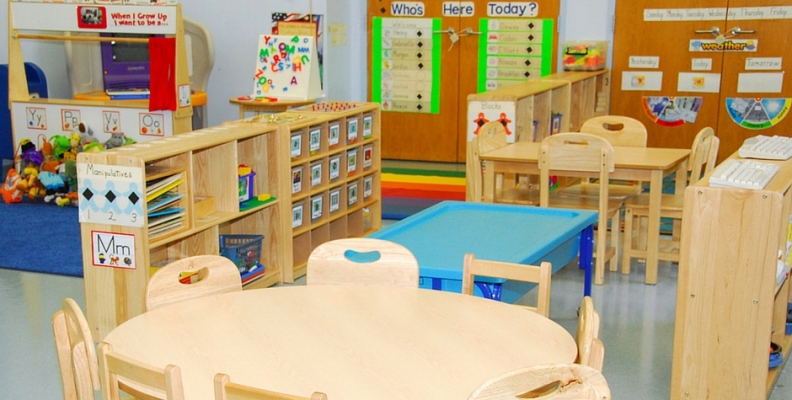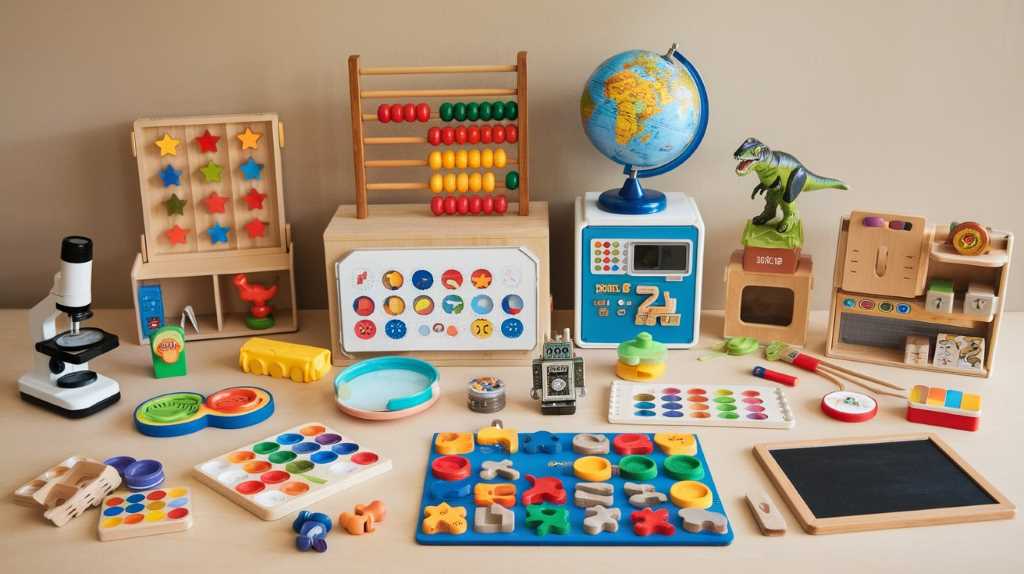Inclusive education is one of the greatest challenges facing the educational community. It is a model that talks about modifying the context instead of modifying the individual. It is a model that perceives diversity as another part of human reality and that values and learns with the differences. Do not miss the 10 inclusive classroom strategies!
The inclusion of classrooms depends on many and very varied factors, such as the content of the course, teaching methods, and class organization. The really important thing is to believe in the value of the inclusion of every human being. Orient the school to the welfare of all students and understand it as an actor of social transformation in which each individual has something to contribute and grows as a person through their interaction with others.
10 inclusive classroom strategies
To do this, we propose 10 inclusive classroom strategies. They are only a beginning, but we hope you find them very useful. Take note!
Know your students
Remember that not all students are in the same situation and not all will work in the same way. The first step is to know well the possibilities and needs of each of your students. It is advisable to do a thorough observation work and an evaluation at the beginning of each course and each unit, it will be of great help when it comes to graduating the different types of activities to be carried out.
Diversity, a great strength
It conveys (and believes!) that the differences that exist between people are a positive value which enriches the group. If your students perceive that you live the needs of each of them as a burden or an inconvenience and that the only thing that brings is more work, it will be difficult to make them believe otherwise through theory.
More active methodologies
The methodologies that promote the participation of students with the realization of real activities, activities with meaningful content that foster critical and collaborative thinking, allow students to be the protagonists of their own learning and that each one contributes the best have.
To learn differently, evaluate differently
To be able to take into account the characteristics and needs of all students, we must move from a traditional evaluation focused on qualification to an evaluation that allows learning from error. Associating the evaluation with learning and not with the sanction or failure allows students to lose their fear of trying and that everyone can learn at their own pace.
Activities proposed by our students
What if we allow them to suggest what kind of projects they would like to carry out? It is important that our students feel protagonists in the classroom, so letting them foster creativity, motivation, and initiative and propose activities to work on the subject content can be a great idea.
Have you already tried group tutoring?
It can be very interesting to save time between school hours to do tutorials with all the students in the class and thus promote group dynamics, which will allow us to get students to know each other better, to interact with each other. positive way, that they are motivated to work as a team, that they make consensual decisions …
Establish feasible and measurable goals
But they should not stop being a challenge! It is important to design achievable objectives, but that involves some challenge and effort. Also, make sure that the students have fully understood them: if they have clear goals for which they work, they will be more likely to achieve them.
Applies the Theory of Multiple Intelligences
This proposal by Howard Gardner allows us to value the strengths of all students and consider that everyone has something to contribute. Some students learn best by reading, others by manipulating others by drawing … Present the content of the subject using different means so that all students have the opportunity to understand it in how is easiest for them.
Take care of the communication with your students
If you want all your students to feel that they are part of the common project of the class, it is vitally important that you maintain good communication with them. Find spaces to talk and share your impressions, concerns, and opinions. They are the ones that can best help you measure whether the changes made in the work dynamics are having results or not.
Family participation
Family members know students very well, can help you discover how they work more effectively and can be a valuable resource for a teacher who is looking to design an inclusive classroom. Establish a relationship of trust with them, keeping them well informed of everything that happens inside the classroom and asking for their commitment to achieving some objectives of the course. And you, do you work to make your class an inclusive classroom? How is your experience being?






